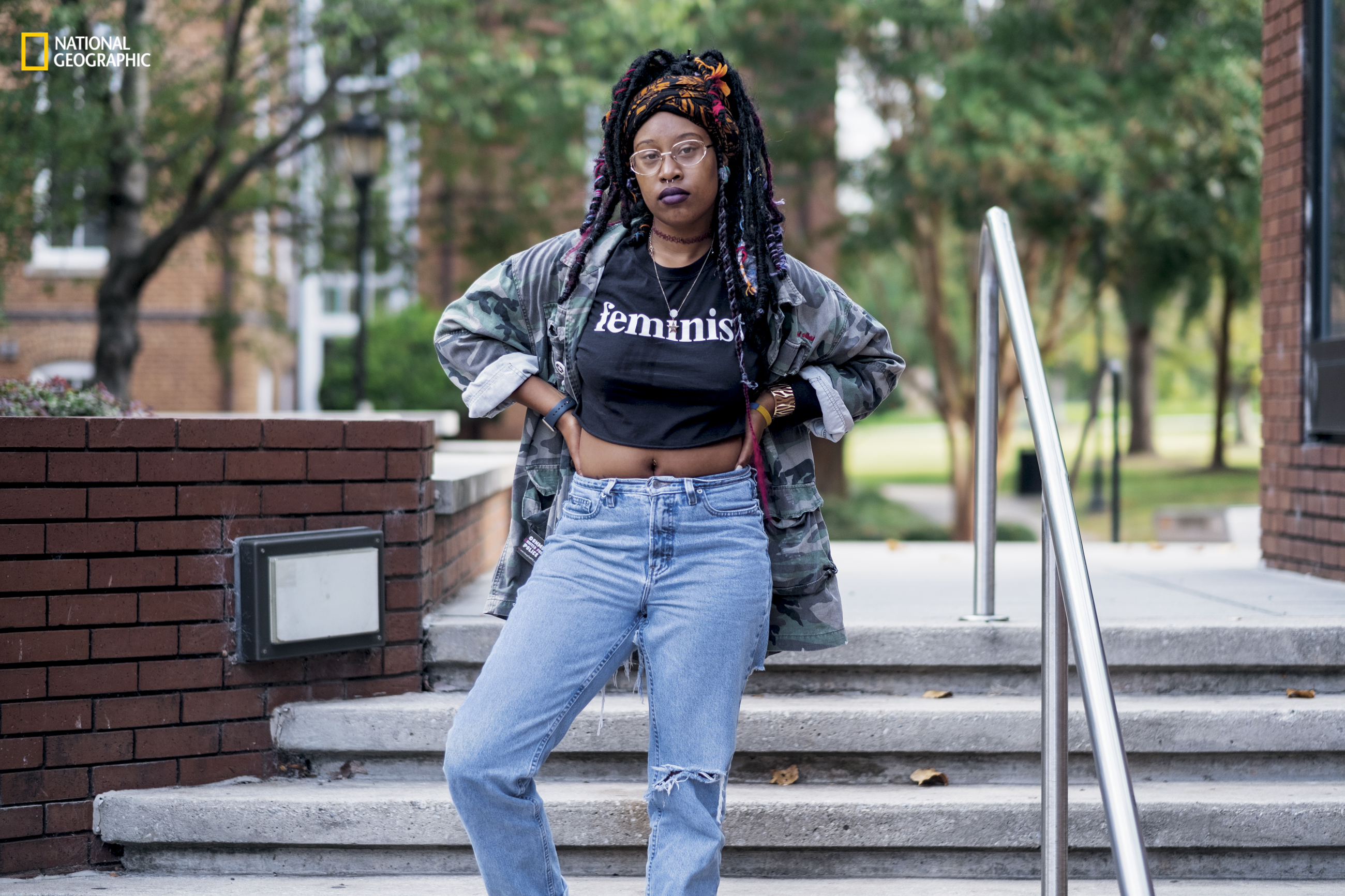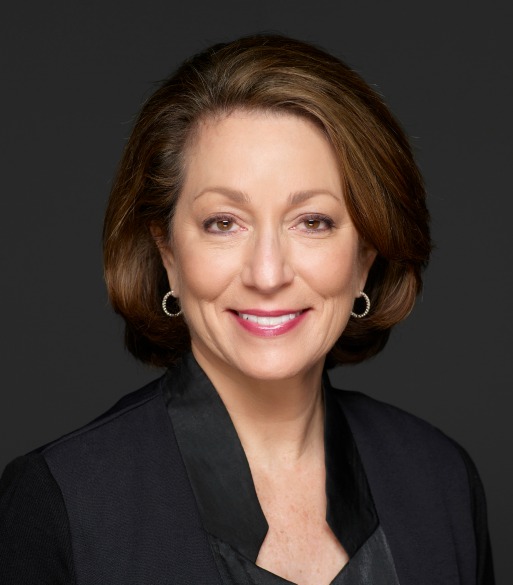Nat Geo’s Susan Goldberg on Creating a Picture of Diversity

National Geographic has kept pace as the country’s demographics rapidly shift and the cultural definition of immigrants, identity and families continues to evolve, having recently launched a year-long series dedicated to exploring “Diversity in America.” With national conversations on race, immigration and diversity front and center, Susan Goldberg (pictured below), Editor-in-Chief and Editorial Director, National Geographic Magazine and National Geographic Partners (pictured below), spoke with MediaVillage about why it was time to take stock of these issues and how that might be done.
In advance of speaking at the upcoming ANA Multicultural and Diversity Conference, she shared the magazine’s intent for the series, what surprised her about demographic changes in the U.S. and how brands and marketers can boost diversity in their ranks and in their work.
E. B. Moss: What inspiredNat Geoto take on a series about diversity in America?
Susan Goldberg: April 4, 2018 marked the 50th anniversary of the assassination of Martin Luther King Jr. It was a worthy moment to step back and take stock of where we are as a country on race and diversity, especially after events in Charlottesville, Virginia, and the ongoing, shameful use of racism as a political strategy. It’s also a conversation that is changing in real time: In 2020, for the first time in U.S. history, less than half the children in the nation will be white. We wanted to create a way for people to have a civil discussion about what is going on in hopes that knowledge can lead to more understanding. The April issue [of National Geographic magazine] launched a year of stories looking at “Diversity in America.”
Moss: How does Nat Geo define diversity?
Goldberg: Just as we did with our gender issue, in which we looked not only at the binary but included people on the gender spectrum, we have defined “diversity” with an inclusive lens. We looked at racial diversity by covering the experience of whites, African Americans, Native Americans and Asian Americans. We looked at religious diversity in our story about Muslim Americans and ethnic diversity in our story on Latino Americans. Within some big groups, such as Asians, we tried to drill down because the experiences of Japanese Americans are significantly different from the experiences of South Asian Americans. In short, we examined a broad scope of cultural, ethnic and religious backgrounds in the U.S., though, of course, we could not cover everyone. We leave the door open on how we define and cover diversity. [It's] an ongoing and important topic that’s part of National Geographic's history of covering the human experience.
Moss: In the past few years, what has changed the most about diversity in America?
Goldberg: Diversity in America is getting more “diverse,” and it’s rapidly changing the make-up of the country. Some examples:
- In less than two years, white children will no longer be the majority among those under 18 years old in the United States, the U.S. Census Bureau estimates. By then, children who are now considered minorities -- Latino, African American, Asian and others -- will outnumber them, although non-Hispanic white children will remain the largest racial or ethnic group. Within a few decades, the entire non-Hispanic white population in the country will also no longer be the majority.
- In 2065, it is estimated that about one in three Americans will be an immigrant or have immigrant parents, compared with one in four today. Non-Hispanic whites will remain the largest racial group, projected to make up 46% of the population in 2065, compared to 62% now. Hispanics will be 24% (now 18%); Asians will be 14% (now 6%), and blacks will be 13% (now 12%).
- The number of immigrants coming to the U.S. peaked in 2005 at approximately eight million. Asia is currently the largest source region among recently arrived immigrants and has been since 2011. Before that time (and since 1990), Central/South America was the largest source region. By 2065, Asian immigrants are projected to make up 38% of the foreign-born population.
Moss: What surprised you most during your work on the series?
Goldberg: I found these things especially striking:
- Throughout the series, we portray people living their daily lives, and this comes through so sharply in our photography. Whatever community we are covering, the activities are the same: weddings, graduations, parties, family life. We are all living similar lives with just minor differences. By highlighting our diversity through this series, we are really showing how much alike we all are. That's very a very powerful message, and it's storytelling with a purpose.
- The persistence of the idea of race -- and the ensuing negative effects on people of color as a result -- even in the face of scientific proof that there is no genetic basis for it. I thought the most distressing story in the series was the story about the police stops of men of color. Although everyone knows it frequently happens, and that those stops often become a violent flash point and [lead to] a heated discussion of race, this story about the experiences of so many people really brought it home to me.
- The remarkable and growing acceptance of marriage across racial and ethnic lines -- now nearly one in five U.S. marriages. This is happening just 50 years after the Supreme Court struck down state laws that banned interracial marriage.
- In two years, white children will no longer be in the majority in the United States. I continue to find this surprising, no matter how often I have read this statistic.
- The diversity of the Muslim population and the rise of mosques (2,100 mosques in 2018 compared to 962 in 1994), especially in the suburbs.
- What we had all hoped would be a closed chapter in our history -- the deplorable internment of Japanese Americans during WWII -- has echoes today in the detention of migrant children and families.
Moss: Is there a particular group whose story you find especially inspiring?
Goldberg: I’m inspired by the resilience of so many people across racial and ethnic lines who refuse to be deterred from achieving success in the face of so many obstacles, whether legal, social or economic. Those are great “American Dream” stories and I never fail to be moved by them.
Moss: What are the learnings and opportunities for marketers from this work?
Goldberg: As demographics continue to change, marketers need to ensure that their evolving audiences are fairly reflected in their advertising and communication strategies. Today, if a commercial features an interracial or interethnic couple, it serves as less of a socio-political statement and more of an accurate representation of the country. This kind of thinking doesn’t exist in a vacuum; it often starts with hiring a diverse ensemble of marketers to help tell a brand’s story in the most authentic way possible. The same is true with journalism: We need to have a diverse group of storytellers to make sure we are capturing stories in the truest ways.
Photo courtesy of National Geographic
Click the social buttons above or below to share this story with your friends and colleagues.
The opinions and points of view expressed in this content are exclusively the views of the author and/or subject(s) and do not necessarily represent the views of MediaVillage.com/MyersBizNet, Inc. management or associated writers.


